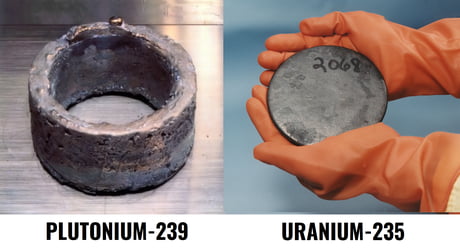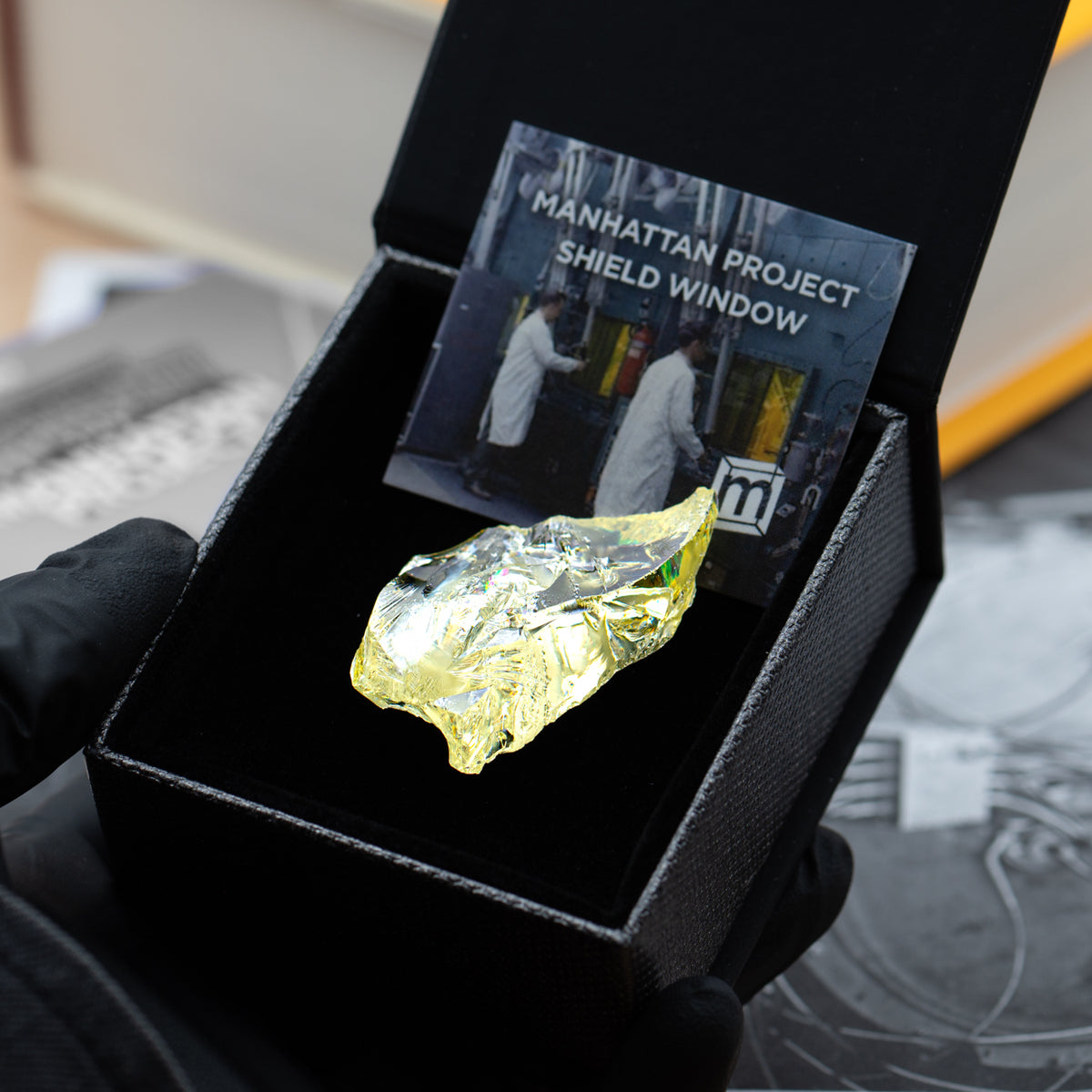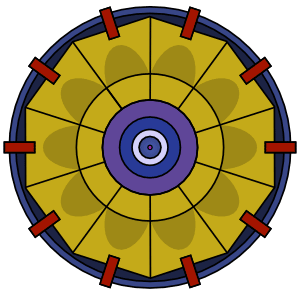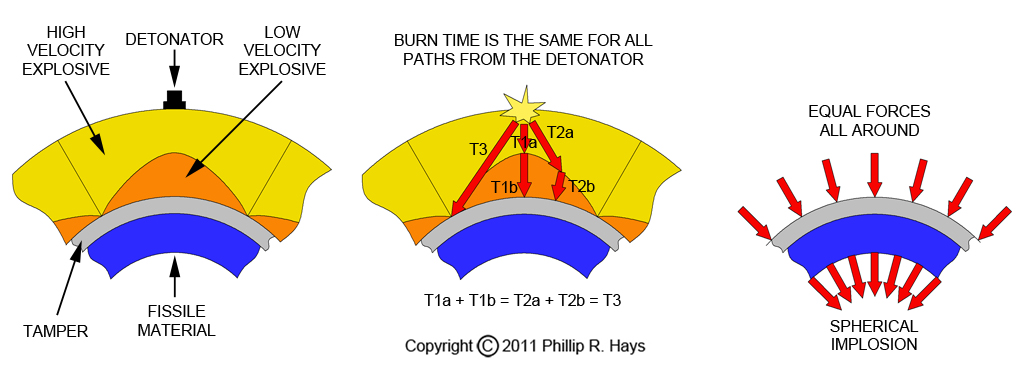- Joined
- Mar 30, 2020
- Messages
- 7,207
- Reaction score
- 4,593
A big buzz recently over the new movie 'Oppenheimer.' I have not seen it but know the whole story. I never really cared much for the man and more about how the 1st bomb was developed. The test bomb (the gadget) exploded in the New Mexico desert - Trinity site. A plutonium (Pu-239) bomb, not Uranium (U-235). Implosion method. Plutonium is actually a man-made element from Uranium. Both of these elements are highly unstable, hence their use in nuclear weapons. Pu-239 is actually warm to the touch and emits alpha and gamma radiation. Gamma radiation affects your DNA and cell formation in the human body. High doses are deadly.

Uranium will, after thousands of years, eventually end up as lead:
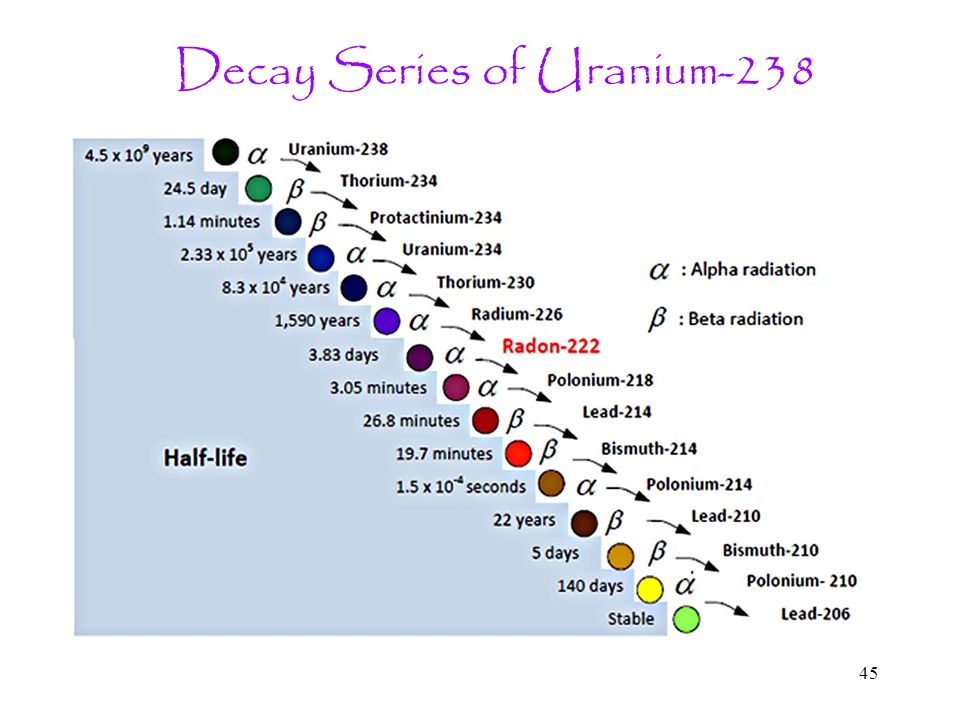
...but I wanted to talk about Trinitite. This is the compound that was left on the desert floor after the explosion. It was first blown upward, melted, and rained down on the desert after cooling. Melted desert sand and it looks like this:

Some samples actually contain vaporized residue from the tower and bomb. Iron and copper (red). These are very rare and very expensive:
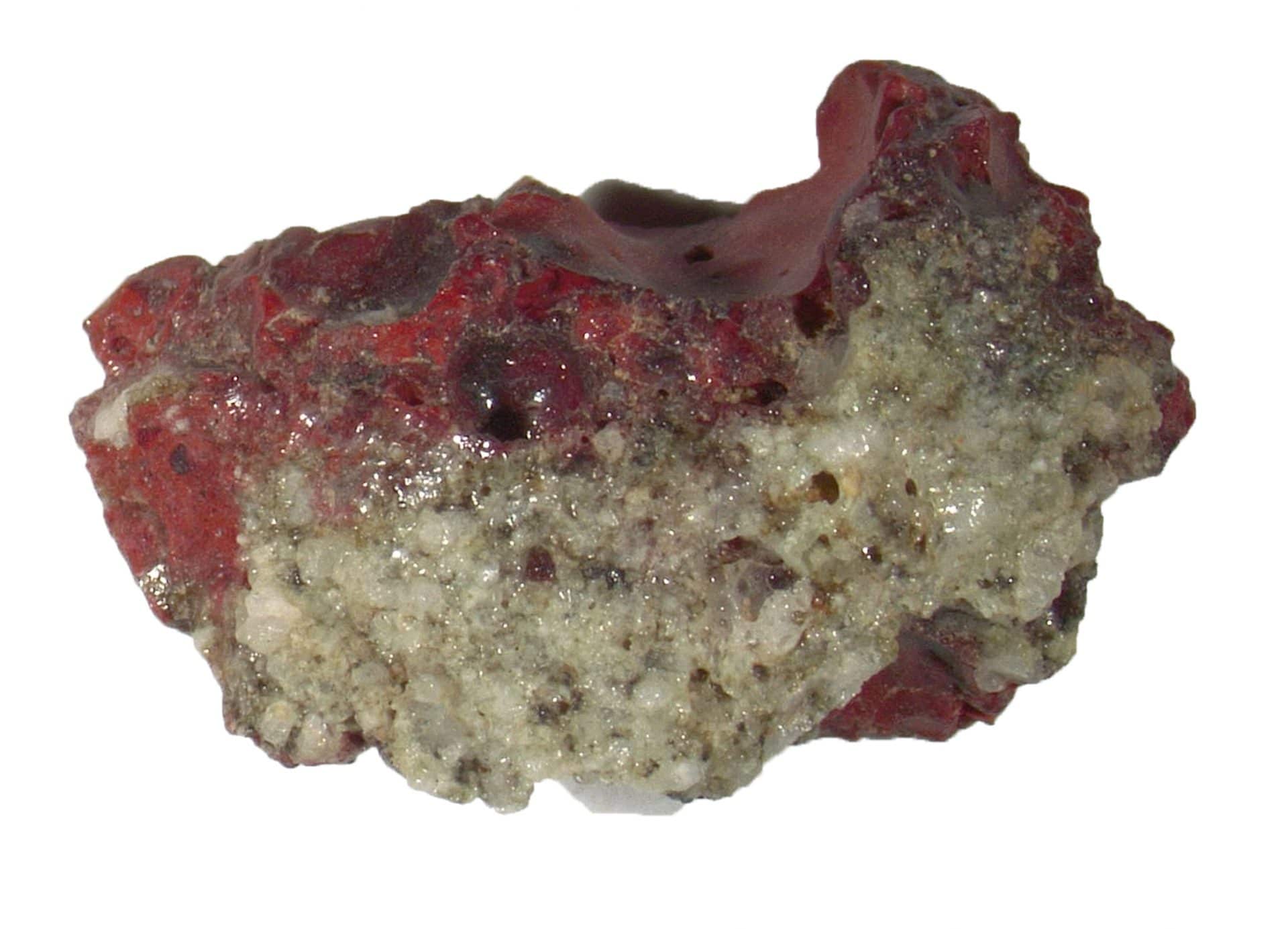
Trinitite can be purchased legally. The US government no longer allows people to take samples from the site. The area was bulldozed and buried by the United States Atomic Energy Commission in 1953. All Trinitite for sale today was gathered before that date. You can purchase it here. I'm sure it is now a hot item and prices have gone up:
. Trinitite : United Nuclear , Scientific Equipment & Supplies, United Nuclear , Scientific Equipment & Supplies
. Trinitite Atomite Alamogordo Glass Trinity (sciencemall-usa.com)
You cannot sell, purchase or own Plutonium. You can however sell, purchase and own U-238 (Uranium) - depleted Uranium from nuclear powerplants. This stuff is safe to handle as long as you don't eat it or inhale the dust. I myself have a few samples of it. Trinitite too. You can purchase Uranium here:
. Uranium (U) : United Nuclear , Scientific Equipment & Supplies, United Nuclear , Scientific Equipment & Supplies
. Uranium metal 99.9% depleted U238 — Luciteria
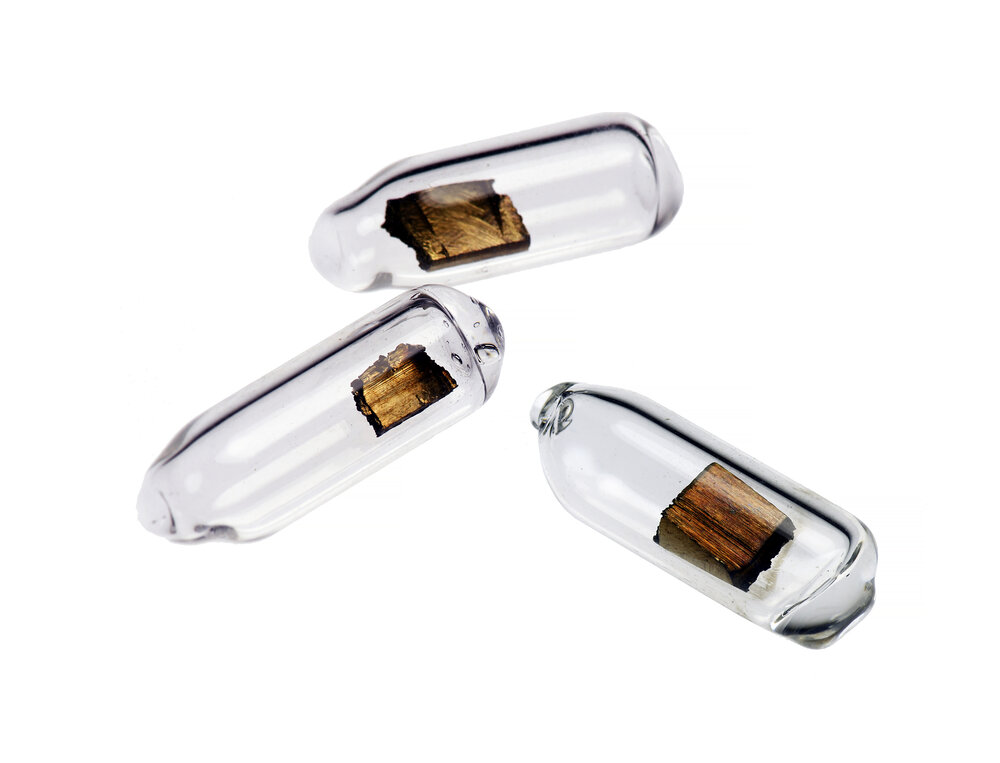
The Trinity test site today:

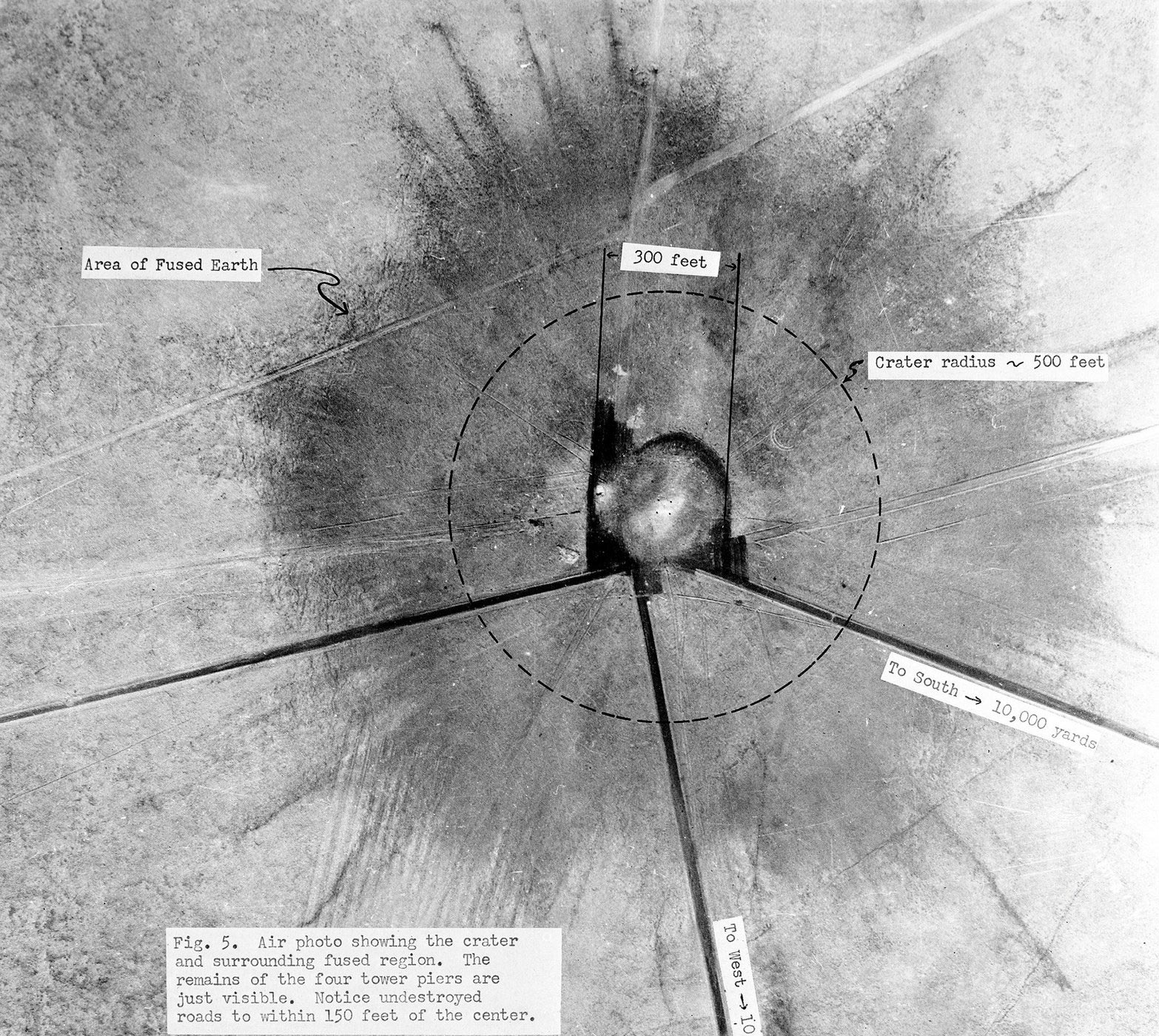

Uranium will, after thousands of years, eventually end up as lead:

...but I wanted to talk about Trinitite. This is the compound that was left on the desert floor after the explosion. It was first blown upward, melted, and rained down on the desert after cooling. Melted desert sand and it looks like this:

Some samples actually contain vaporized residue from the tower and bomb. Iron and copper (red). These are very rare and very expensive:

Trinitite can be purchased legally. The US government no longer allows people to take samples from the site. The area was bulldozed and buried by the United States Atomic Energy Commission in 1953. All Trinitite for sale today was gathered before that date. You can purchase it here. I'm sure it is now a hot item and prices have gone up:
. Trinitite : United Nuclear , Scientific Equipment & Supplies, United Nuclear , Scientific Equipment & Supplies
. Trinitite Atomite Alamogordo Glass Trinity (sciencemall-usa.com)
You cannot sell, purchase or own Plutonium. You can however sell, purchase and own U-238 (Uranium) - depleted Uranium from nuclear powerplants. This stuff is safe to handle as long as you don't eat it or inhale the dust. I myself have a few samples of it. Trinitite too. You can purchase Uranium here:
. Uranium (U) : United Nuclear , Scientific Equipment & Supplies, United Nuclear , Scientific Equipment & Supplies
. Uranium metal 99.9% depleted U238 — Luciteria

The Trinity test site today:


Last edited:



